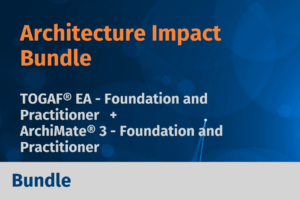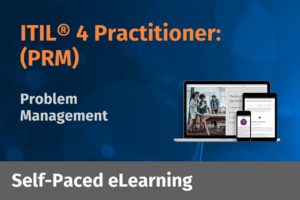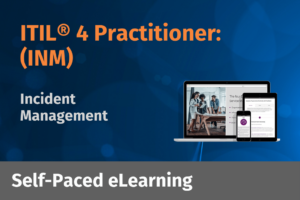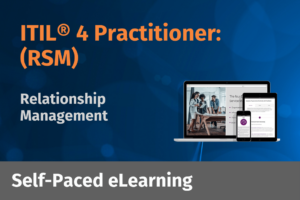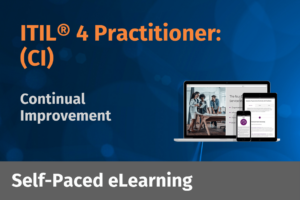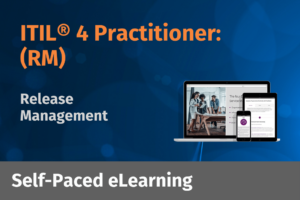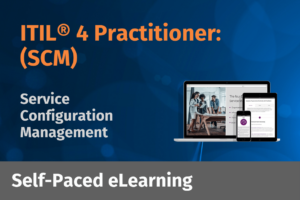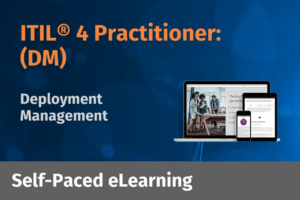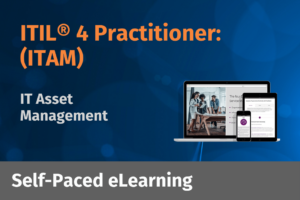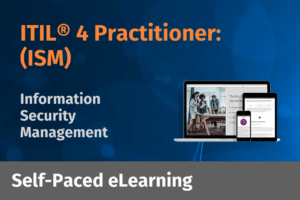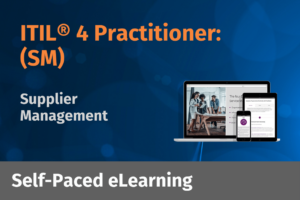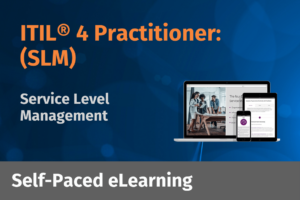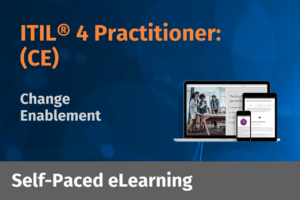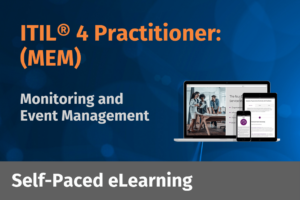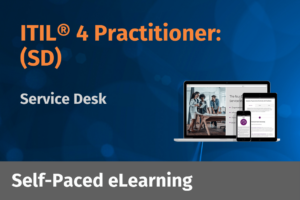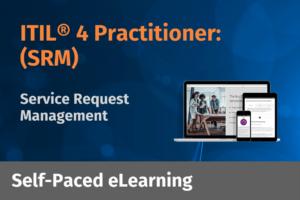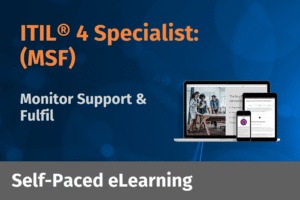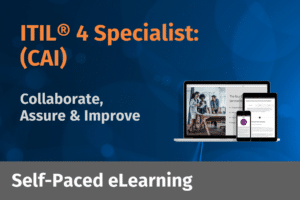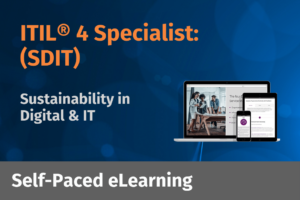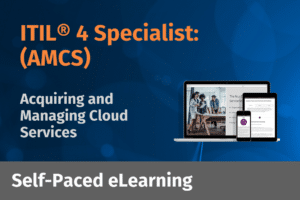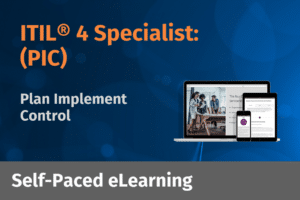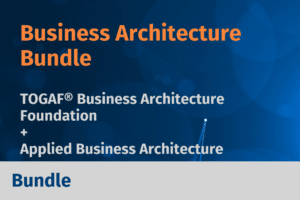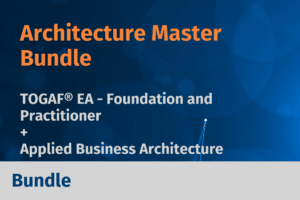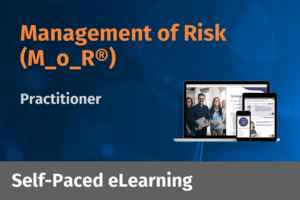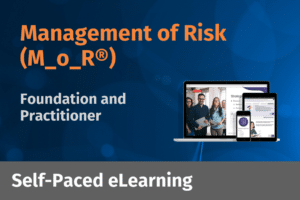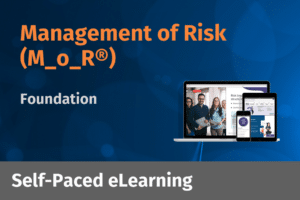Agile has become synonymous for anything that appears responsive, fast, or digital. But adopting the language of Agile doesn’t mean a team is genuinely Agile.
Many organisations apply Agile labels to traditional working methods. Teams might run in sprints without adapting deliverables based on feedback. Projects may claim to be Agile while still being locked into rigid scope, timelines, and silos. These patterns are often referred to as “Agile theatre”, where surface-level practices are used without adopting the mindset that drives real agility.
Without understanding the core of Agile, teams fall short of its benefits. To move past the performance, we need to define Agile with clarity.
Agile Means More Than Moving Fast
The word “agile” means the ability to move quickly and easily, and to think and respond with speed and clarity. Applied in a business context, ‘Agile’ is about adaptability, responsiveness, and continuous improvement.
Agile teams work iteratively or continuously, depending on their chosen framework. They regularly:
- assess where they are,
- deliver value in small increments,
- gather feedback, and
- adapt based on what they learn.
This cycle of observe, act, learn, adapt, is the essence of Agile delivery. It enables organisations to respond to change rather than resist it.
One guiding principle of Agile thinking is: when faced with two options of similar value, choose the one that makes future change easier. That philosophy is key to understanding what Agile looks like in action.
Agile Is a Way of Working, Not a Buzzword
In practice, Agile is a structured way of delivering value early and often. Agile teams:
- Plan in short iterations or sprints
- Deliver working outputs frequently
- Review their progress regularly through retrospectives
- Emphasise collaboration, feedback, and flexibility
It’s important to note that Agile is not restricted to IT (Information Technology). It applies across business units including strategy, marketing, operations, architecture, and to any role that contributes to delivering outcomes. Agile ways of working shift focus from structured plans to adaptable progress, from large-scale delivery to incremental value.
Teams that embrace Agile don’t just move faster. They respond better to change, engage stakeholders more effectively, and improve continuously over time.
Agile Has Changed the Business Analyst’s Role
Agile reshapes the Business Analyst’s (BA’s) role, shifting the focus from static requirements to dynamic collaboration and ongoing value delivery. While core BA skills remain crucial, they’re applied in new ways that prioritise responsiveness, continuous feedback, and integrated teamwork.
In Agile environments, BA’s don’t simply gather requirements up front. They’re embedded in delivery teams, helping shape priorities, run facilitated workshops, refine backlogs, and ensure solutions align with evolving business needs. This means:
- Collaborating closely with stakeholders and delivery teams
- Working in shorter cycles to validate assumptions
- Applying tools from the Dynamic Systems Development Method (DSDM), such as timeboxing, MoSCoW* prioritisation, and facilitated workshops
- Emphasising value over documentation
*A technique that categorises requirements into “Must have,” “Should have,” “Could have,” and “Won’t have”
Traditional BA training often falls short in preparing professionals for Agile’s demands. Agile environments require not just new tools, but a mindset shift towards co-creation, adaptive planning, and value-focused analysis. Continuous learning is essential to stay relevant and effective.
Build Agile Confidence with AgileBA Awareness Training
For Business Analysts new to Agile, or looking to formalise their experience, the AgileBA Awareness eLearning course provides a clear, structured starting point.
This self-paced eLearning course introduces the Agile Business Analyst framework, offering an overview of:
- AgileBA language, mindset, and philosophy
- The Dynamic Systems Development Method (DSDM)
- Core techniques like prioritisation, timeboxing, and facilitated workshops
- How to manage shifting project variables in an Agile setting
The course is suitable for:
- Practising BA’s transitioning into Agile teams
- Project professionals expanding into business analysis
- Anyone wanting to understand the BA’s role in Agile delivery
Delivered in partnership with Good e-Learning (GEL), who are an APMG-accredited training organisation, and aligned with the Agile Business Consortium, this course provides a recognised entry point to the AgileBA certification pathway.
Why Professionals Trust EA Learning for AgileBA Certification
We are a specialist provider of training in Enterprise, Business and IT Architecture and Business Transformation. Our focus is building capability in the roles that drive strategic change.
Professionals choose EA Learning because:
- Our instructors are experienced practitioners with real-world knowledge
- We’re trusted by major banks, government bodies, and Fortune 500 companies globally
- Our courses are certification-aligned and exam-ready
- We offer flexible delivery methods including self-paced eLearning, virtual instructor-led classroom courses, and in-house group training
Register for an Agile Course Today
If you’re ready to move beyond definitions and start building real Agile skills, our Agile courses are the first step. Gain foundational knowledge in our Foundation course, or a practical understanding in our Practitioner course, or combine the two into a comprehensive Foundation & Practitioner course. Register today!



